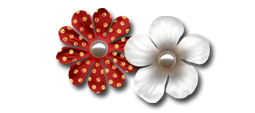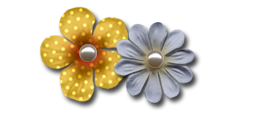We have had a crazy day and Matt and I both have meetings tonight so we are going to have to postpone our celebrations until Sunday evening. We have started a Bouton Family version of the Mid-Autumn Moon Festival celebration that includes Spaghetti (our version of longevity noodles), oranges, etc. We made moon-shaped cookies last year. I think I'll pick up some 'Moonpies' at the grocery store this year... For those of you who may be interested in the history of the holiday, here is an excerpt from an article in a FCC publication:
In America each fall, families gather around a table laden with turkey and pumpkin pie to celebrate Thanksgiving. But did you knowthat in China, people have an autumn celebration of their own? Each fall, in China, families gather on the 15th day of the eighth lunar month to celebrate the Mid-Autumn Festival, or Moon Festival. (It's called Zhongqiu Jie in Chinese.) The Chinese use a lunar calendar to determine on which day the Mid-Autumn Festival will fall each year. This year, the festivities occur Sept. 25, when the full moon lights up the night sky. On this day, Chinese children get to stay up past their usual bedtime. Families gather in open spaces - sometimes on mountains or beaches - to gaze at the full moon. While they're doing this, they eat mooncakes. These are small stuffed cakes with intricate designs on them. In Hong Kong and Singapore,people celebrating the Mid-Autumn Festival light paper lanterns as well.
Just like the Thanksgiving holiday that we celebrate in the UnitedStates, the Mid-Autumn Festival celebrates the harvest. But while we talk about Pilgrims and Indians, the Chinese celebration starts with much older stories. Long, long ago, one legend goes, there were 10 suns that took turns rising in the sky. One day, all 10 suns rose at once. Because of this, the earth was too hot, and crops were dying. The emperor asked an archer named Hou Yi to shoot down nine of the suns with his bow and arrow. For his deed, he was rewarded with a magical potion that would make him immortal. He asked his beloved wife, Chang E, to hide the elixir for him. One day when Hou Yi was out hunting, a man came to his house to steal the elixir. Rather than give him the potion, Chang E drank itherself, and she immediately floated away to the moon. Hou Yi returned home to find her gone. When he looked into the nightsky, he saw her in the moon. He couldn't get to her, so he put a table in his garden and covered it with her favorite foods. Eversince, the legend goes, Chinese have worshipped Chang E in the moon.
There is also another legend about the festival: About 700 years ago,the Mongols controlled China. The Chinese wanted to rule their own country, so they plotted a revolt. Bakers hid the battle plans inside tiny mooncakes, which were then given to the people with instructions that they should eat them on the 15th day of the eight lunar month. On that day, the people cracked open their cakes, read the plans, and overthrew the Mongol government. Thus, the Mid-Autumn Festival celebrates Chinese ingenuity and independence.
There are many more stories about the origin of the Mid-Autumn Festival, and there are many different ways to celebrate. But most Mid-Autumn festivities have this in common: Chinese people all over the world gather with family members to eat mooncakes and gaze at the moon. Mooncakes are hard to make. They have a delicate, flaky dough on the outside, and inside they are stuffed with a filling that may be made from lotus seeds, red beans, or other ingredients. All types of mooncakes have beautiful designs stamped into them. Many people order mooncakes from Chinese bakeries. (They can even do this on the Internet and have them mailed to their homes.) You could try making your favorite cookies to share with your family on this special Chinese holiday. Ask your parents to let you stay uplate, so the family can eat cookies and look at the night sky. Can you find Chang E in the full moon?
Subscribe to:
Post Comments (Atom)














No comments:
Post a Comment